Leathercrafting is a craft that requires many different skills. Among the crucial techniques that craftsmen employ are sharpening and stropping, each playing a unique role in the quest for perfection. In this blog post, we'll explore the key differences between these two processes and delve into their distinct values in the world of leathercrafting.
It is important to note, not all tools require both stropping and sharpening and the quality of your tools, as well as the materials it is made with, will greatly play into your ability to hone the blade's edge.
SHARPENING
At its core, sharpening is the process of refining the cutting edge of a tool, be it a knife, chisel, or any other cutting implement. In leathercrafting, having a sharp tool is paramount for achieving clean cuts, intricate designs, and precise details in your leatherwork.
-
Examples of tools:
- Sharpening Stones: used to grind and shape the edge of the tool, these can be wet or dry.
- Honing Guide: assists in maintaining the correct angle while sharpening.
- Jeweler's Files: small files used on small tools with difficult to access blades.
-
Procedure:
- Begin with coarse-grit sharpening stones to remove nicks and reshape the edge. This is especially important if your blade has gouges, or large deformities.
- Progress to finer grits to hone and refine the edge, moving slowly through the different grits. Don't skip steps, and be patient!
- Finish by stropping the tool on leather to polish and achieve razor-sharpness.
-
Value:
- Ensures precision and accuracy in cutting leather.
- Prolongs the lifespan of tools by maintaining their effectiveness.
- Enhances the overall quality of leathercrafting projects.
STROPPING
Stropping, on the other hand, is a complementary technique to sharpening. It focuses polishing and aligning the microscopic burrs created during a tools use or while sharpening. While sharpening provides the sharpness, stropping contributes to the keenness and smoothness of the cutting edge.
-
Tools Involved:
- Leather Strop: a strip of leather, often mounted on a solid base.
- Stropping Compound: an abrasive applied to the strop for polishing that can be found in varying grits.
-
Procedure:
- Apply a small amount of stropping compound to the leather strop.
- With the correct angle, drag the tool across the strop, alternating sides.
- Repeat until the desired level of sharpness and polish is achieved.
-
Value:
- Removes any remaining burrs, ensuring a smooth cutting experience.
- Enhances the cutting edge for intricate detailing and finishing touches.
- Contributes to the longevity of the tool and its sharpness.
Stropping is a practice you will most likely engage in much more often than sharpening. Having a strop available when tooling for your swivel knife, when cutting for your utility know, or when skiving for the blades on your hand tools can be exceptionally useful!
In the realm of leathercrafting, sharpening and stropping are not isolated techniques but rather integral components of a craftsman's skill set. Sharpening provides the necessary edge for precision, while stropping refines that edge to perfection. Together, these techniques elevate the quality of leatherwork, ensuring that every cut is a masterpiece. Aspiring leathercrafters, take note – a keen understanding of both sharpening and stropping will undoubtedly set you on the path to mastering this timeless craft.

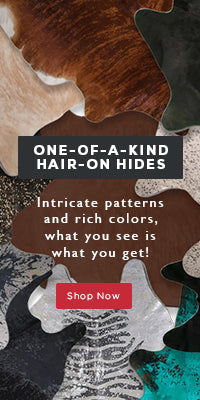



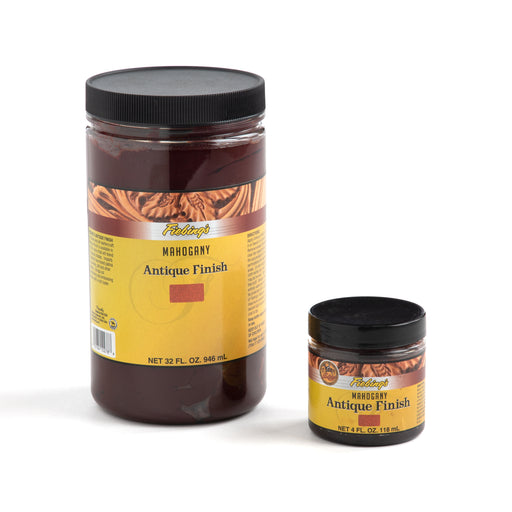
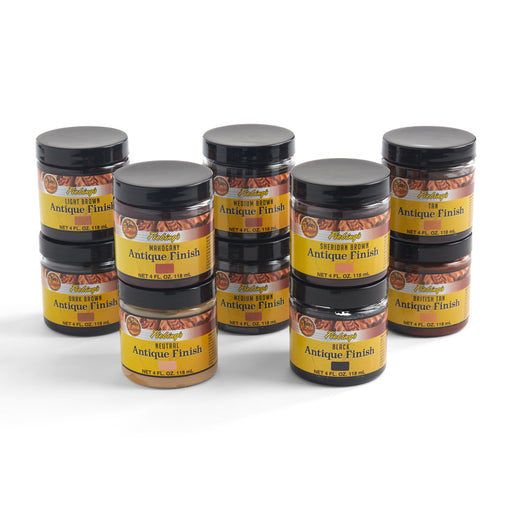
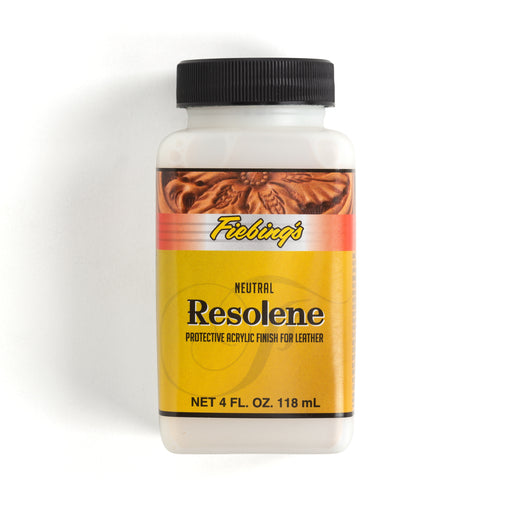
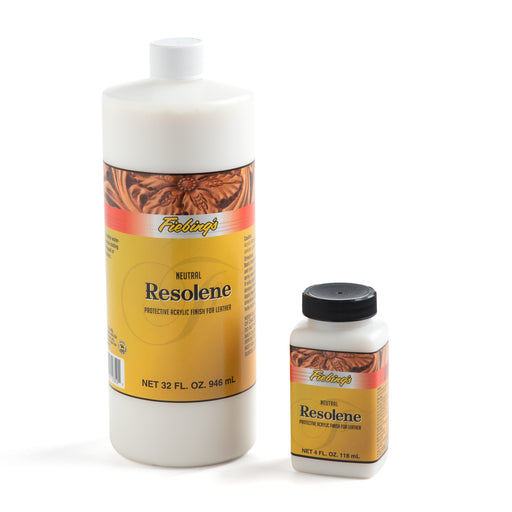
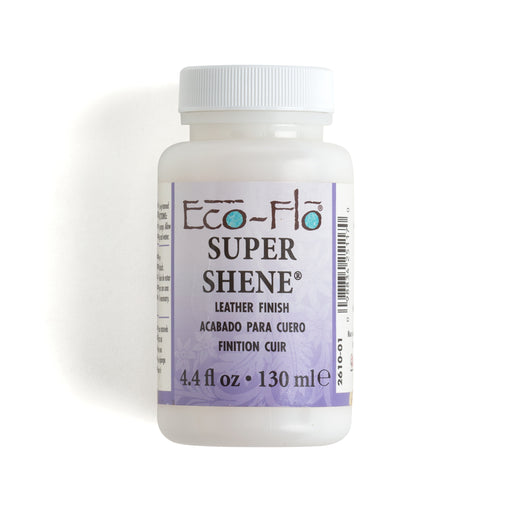
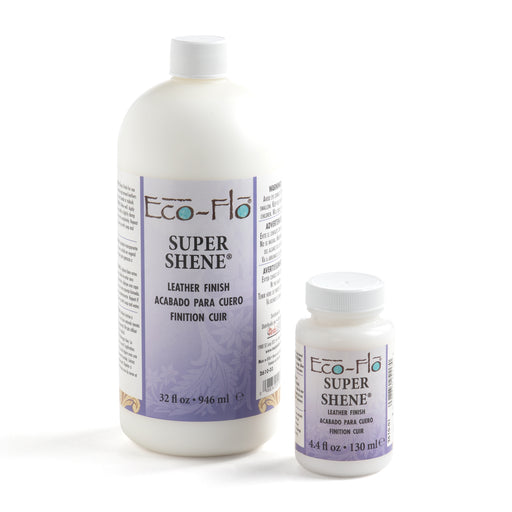
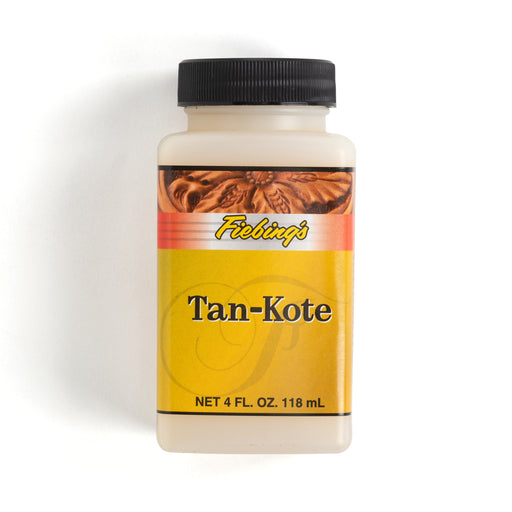
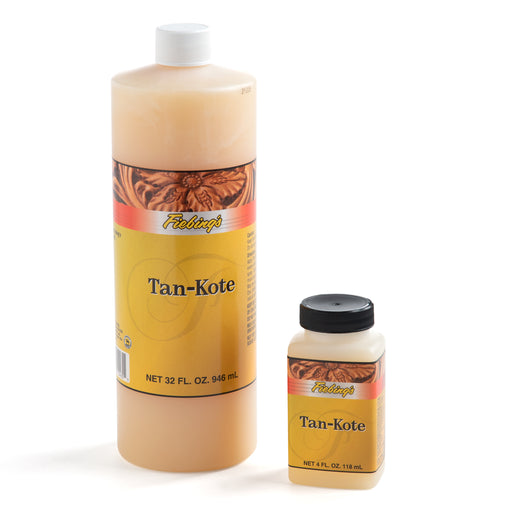

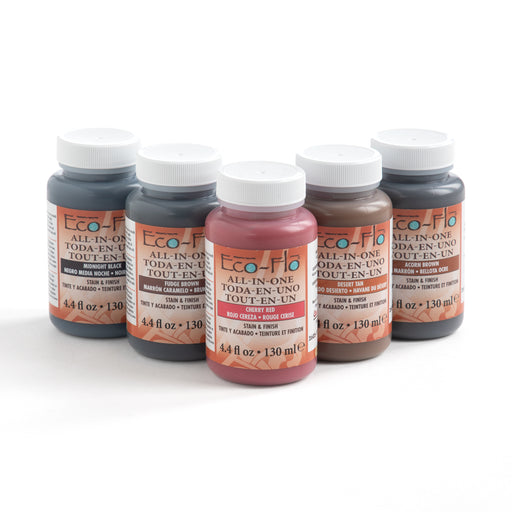
Leave a comment